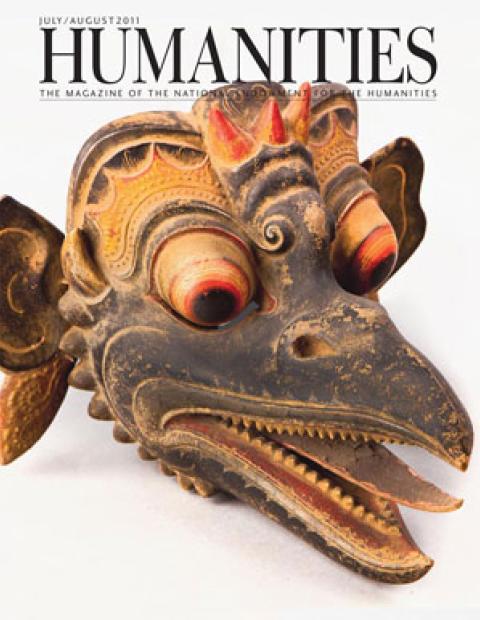Adolf Cluss lived through revolutionary times, first in his native Heilbronn in southwest Germany, where as a young man he got swept up in the popular uprisings of 1848, and then in Washington, D.C., where he became a force to be reckoned with in the dynamic building frenzy that began shortly after the Civil War and continued through his nearly thirty-year career as an architect in the nation’s capital. The innovative engineer-turned-architect designed the long-gone Center Market that occupied the space on Pennsylvania Avenue now belonging to the National Archives, Eastern Market on Capitol Hill, the Arts and Industries building (known for its “bastard Swiss bellringer” appearance), and elegant brick row houses that used to grace Connecticut Avenue before they were summarily replaced in the 1970s by corridors of glass and steel. Cluss’s enduring legacy, however, may be the schools he designed (two of which still stand) that embraced nineteenth-century ideas about educational reform.
In all, Cluss designed eight schools in the District of Columbia. Two remain, and both, fittingly, echo back to the times of segregated systems. The Charles Sumner School in northwest D.C. graces the corner of 17th and M, near its longtime neighbor, the headquarters for the National Geographic Society. Built in a traditional freed-black neighborhood in the 1870s, the Sumner—named for the abolitionist senator from Massachusetts—is a gem, with its towering Renaissance-inspired campanile entrance, which served as administrative offices for the African-American school system. The Franklin School, also in northwest D.C. but more centrally located at the time, was built a few years earlier than the Sumner and was regarded as the most innovative school building of its day, with heating and ventilation expressed symmetrically on the exterior throughout the bell and corner towers, generous natural lighting, and fireproofing. The school was even on tourist itineraries and attracted attention from afar with gilding on upper portions of the building. The interior details stood out, too, with marble floors, ornate railings, and paneled ceilings. A music gallery and auditorium were available for public use and edification. This all jibed with Cluss’s political philosophy (he kept up a lively correspondence and friendship with Karl Marx for years after his arrival in the United States): Everyone, regardless of class, was entitled to opportunities for continuing education and to beauty in the workplace.
The Goethe-Institut in Washington received an NEH grant to plan traveling and permanent exhibitions on Cluss and produced a handsomely illustrated volume on the German immigrant’s inestimable contributions to the city’s public and federal faces. The authors write that Cluss’s schools were “designed with aesthetic considerations foremost in order to inspire students, dignify the educational profession, elevate the free public schools to a position of prominence and respect in the community, and provide a model of universal education to the nation.” The grand vistas that were coming to characterize Washington by the time of Cluss’s death in 1905, however, were sweeping away many of his buildings. It was felt, the authors write, that his work, although “very carefully constructed” and “believed to be imperishable” was “doomed to disappear before long, all the more because it is mainly to be found in Washington, and for the most part, ill accords with the monumentally architectural character that the city is so rapidly acquiring.” The McMillan Plan, part of the City Beautiful movement and responsible for establishing majestic vistas and classic facades, was already next in line and would in turn revolutionize Washington’s look.


